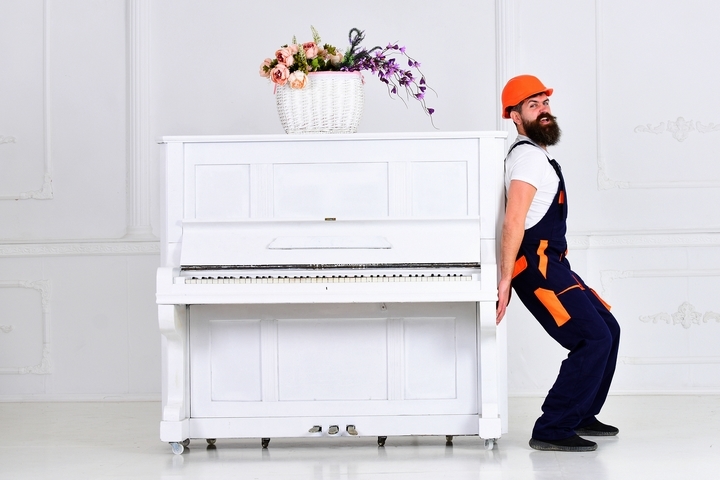Whether you’re just rearranging your room, or relocating, moving heavy furniture is a difficult job. Unless you choose to hire professional movers who are well trained to handle heavy weight items, you’ll have to know how to lift heavy objects properly. This way, you can avoid hurting yourself or damaging your home.
Bulky and heavy items are the most difficult because they combine weight with low maneuverability. The following are the ten best ways for how to move heavy furniture.
1. Disassemble Large and Heavy Furniture

This practice helps reduce unpredictable motion, which can be dangerous when moving heavy furniture. If you’re moving furniture such as a dresser, not taking out the drawers out of it may seem like a good way of killing two birds with one stone, but it will make it much heavier to move.
Apart from that, you’ll have to worry about the drawers sliding out when they are being moved. Disassembling the dresser is a much safer and efficient way of getting the job done.
Couches with many large sections are typically held together by screws, latches and bolts that allow for assembly and disassembly. Other sofas feature removable cushions.
When disassembling furniture, mark all the pieces appropriately. If it uses screws or bolts, put them inside a zip lock bag and tape the bag to the furniture item.
2. Carry Tall Furniture High and Low
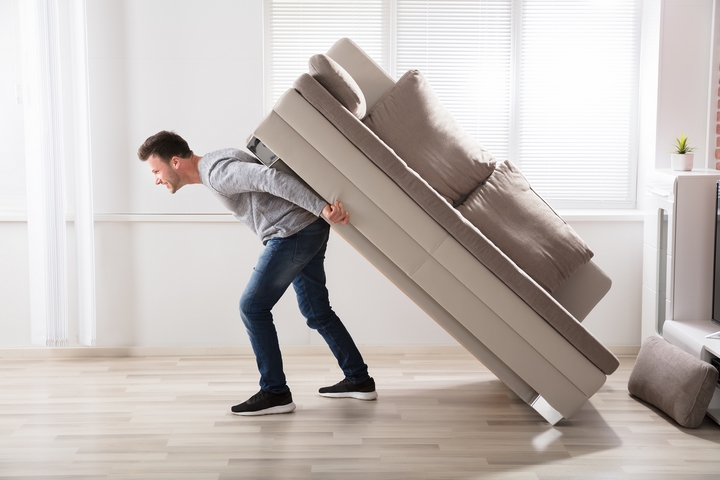
A shelving unit, filing cabinet or tall dresser is awkward to handle. When carrying such items, use the high-low method. This type of job is best done by two people.
Tip the item backwards at an angle, and get one person to carry the top and the other to carry the bottom part. This method centres the weight of an item and keeps it from swinging out of control. Move slowly and carefully, especially when going up steps because the person higher up has to walk backwards.
3. Use the Hook Method When Moving Chairs

A large chair can be challenging to move, especially around room corners. To make this task easy, pro movers use the hook method. It involves turning the chair on its side to form an “L” shape and moving it back-first through the corner or doorway, and finally curling it or hooking it around to slip it through.
4. Avoid Bending Your Back
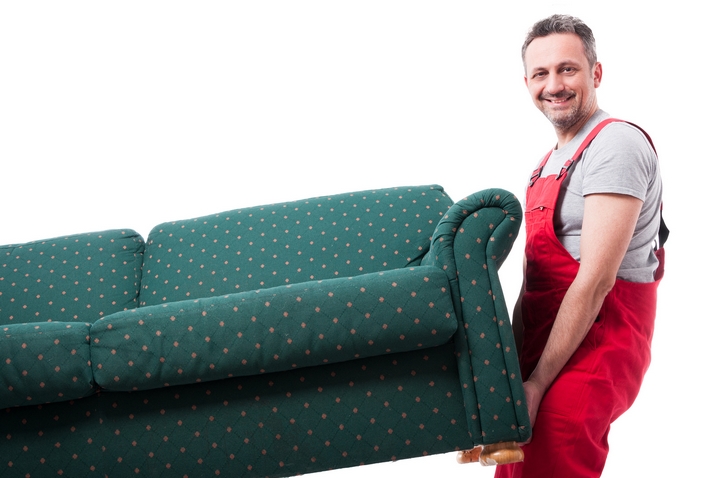
One of the best tips when you move heavy furniture is to avoid bending your back. Instead, use your knees for support. The right lifting technique is crucial, especially when moving heavy furniture.
The backbone and muscles are very sensitive. If damaged, the effect can be life-changing. Bending your knees allows you to use your stronger leg muscles to power the lifting operation. This minimizes pressure on the weaker back muscles.
5. Use a Shoulder Dolly to Move Heavy Furniture
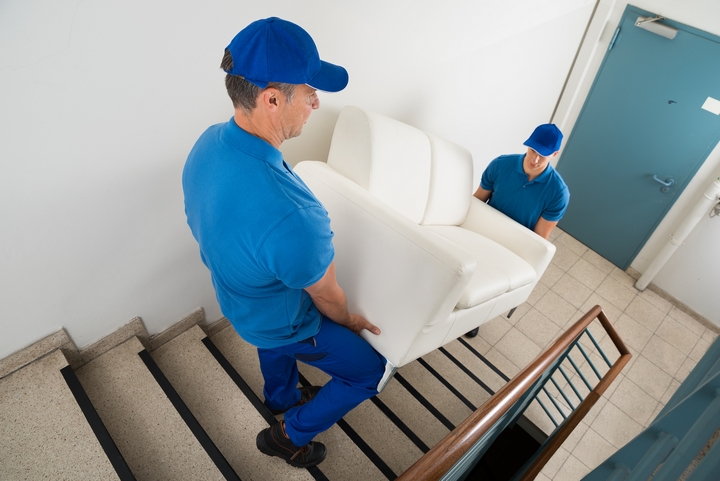
A shoulder dolly is a lifting and moving strap that takes the weight of an item off your back. It relies on leverage and large muscle groups. This is a great piece of equipment to help you move heavy furniture.
Using a furniture-carrying strap leaves your hands free in case you need to maneuver awkwardly shaped items. When on stairs, this accessory can be tricky to use because it shifts most of the weight to the mover on the lowest incline.
6. Slide Instead of Carrying

Furniture slides are available in a variety of shapes and sizes. They can be purchased online and at home centres.
You can also make your own DIY sliders from plastic container covers, carpet remnants, towels, moving blankets, bedspreads and Frisbees. When moving a heavy piece of furniture across a carpet, use hard plastic sliders. For hard flooring, use soft, padded sliders.
7. Protect the Heavy Furniture with Plastic
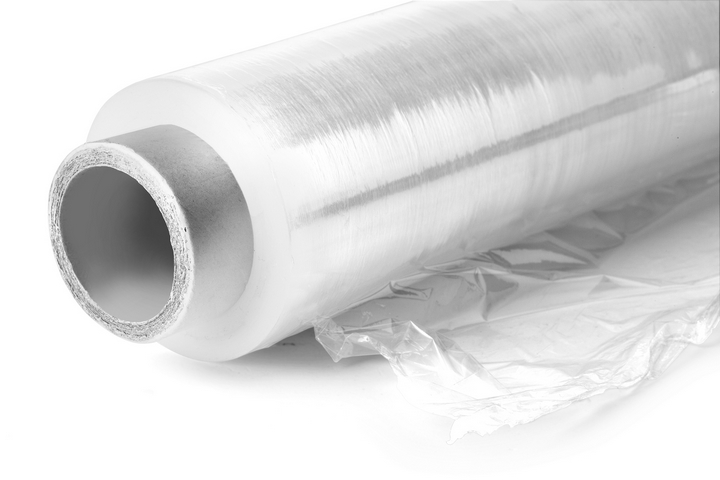
Moving blankets are of great help when one needs to protect items en-route from one place to another. Although renting them is cheap, you can buy plastic wraps or cheap moving blankets for only a few dollars at home centres. Wrap the item using a moving blanket and use stretch film to secure it.
8. Take the Back off a Recliner Seat

Look for the back brackets on the inside or outside of the back frame. Using long-nose pliers, lift the locking levers on both sides, then slide the back straight up to detach it.
When lifting a recliner, do it from the sides, not by the footrest or back. Remember to tie the footrest in place to prevent it from springing open.
9. Think Before You Lift Heavy Furniture

Hasty movements can result in injury. Completing an initial assessment of a task before you actually do it helps in determining whether or not a load can be handled safely. If your friends are helping you with the job, discuss the situation with them and they can help you to move the heavy furniture.
10. Keep It Below Waist Level
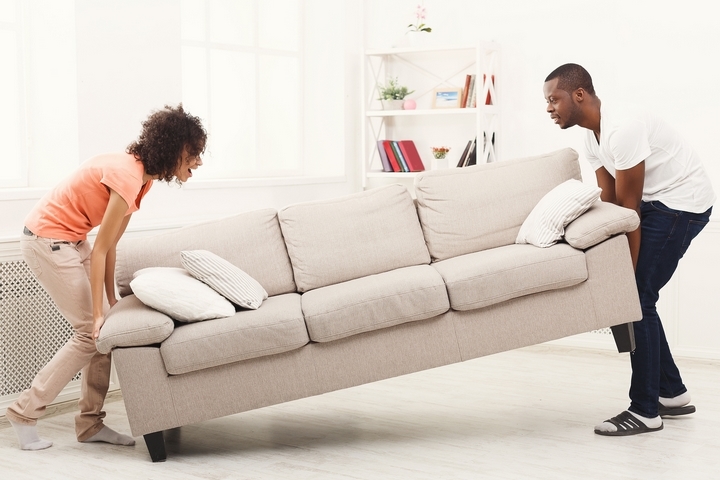
When possible, lift heavy furniture up to your waist for better stability. Lifting heavy things over your head puts extra strain on the back and arm muscles, which can lead to injury. Weight distribution is critical. Pulling a muscle is quite easy when a load is more than you can handle, and the weight isn’t distributed evenly.
Don’t underestimate the effectiveness of proper lifting technique, and don’t overestimate your own abilities in terms of physical strength when moving heavy furniture.

